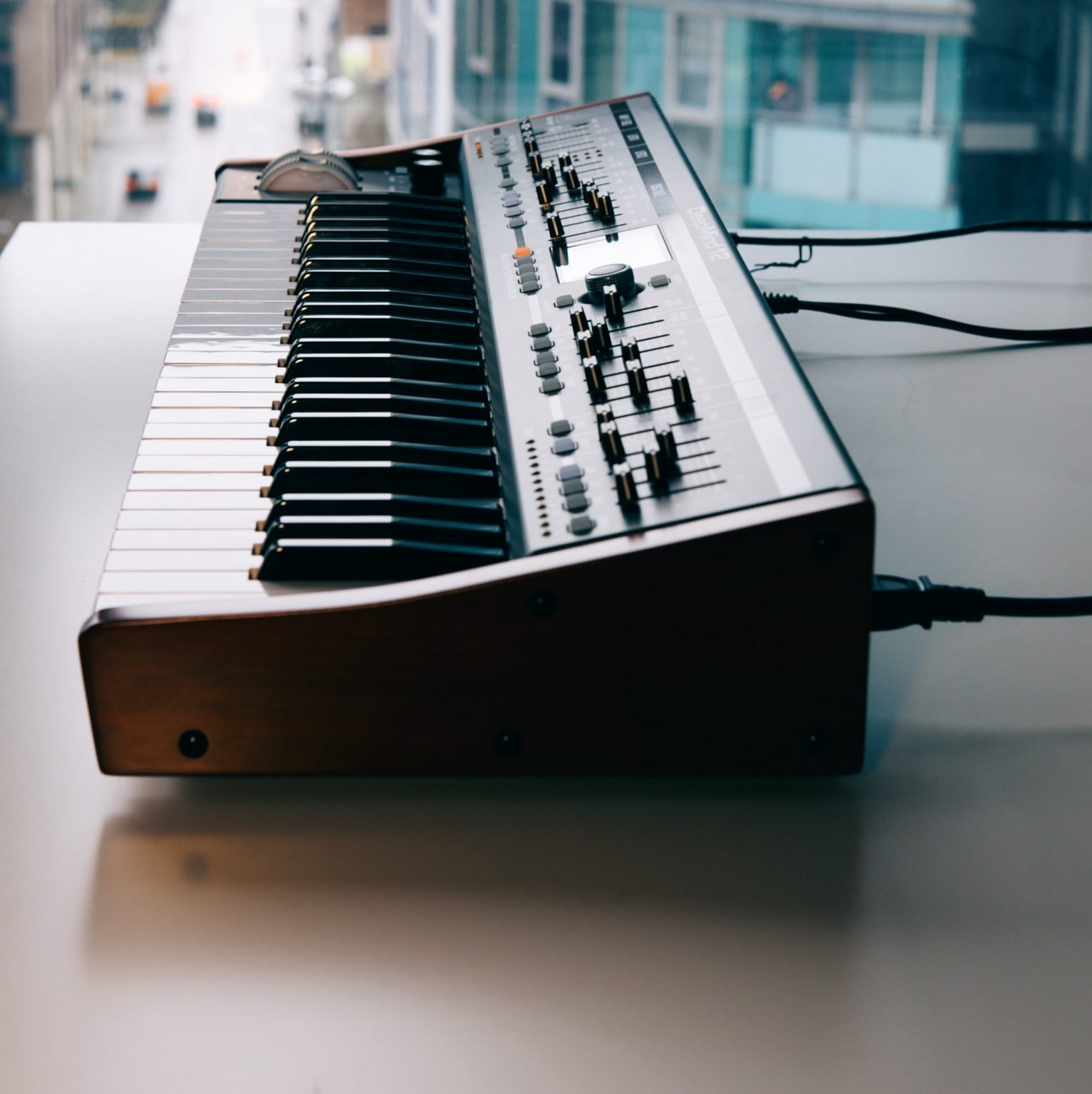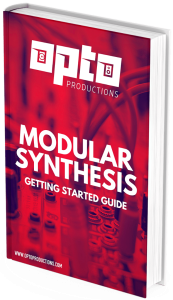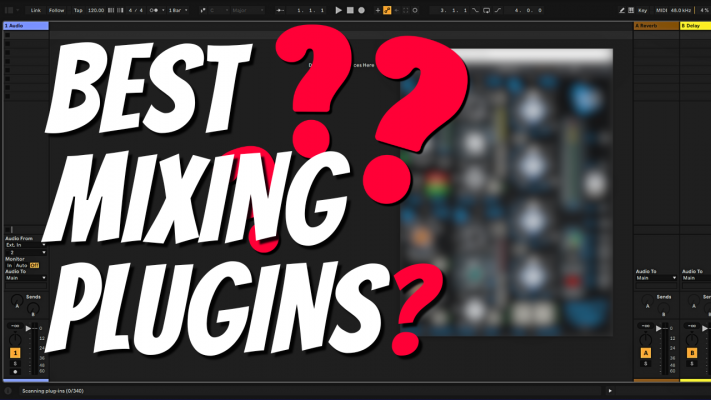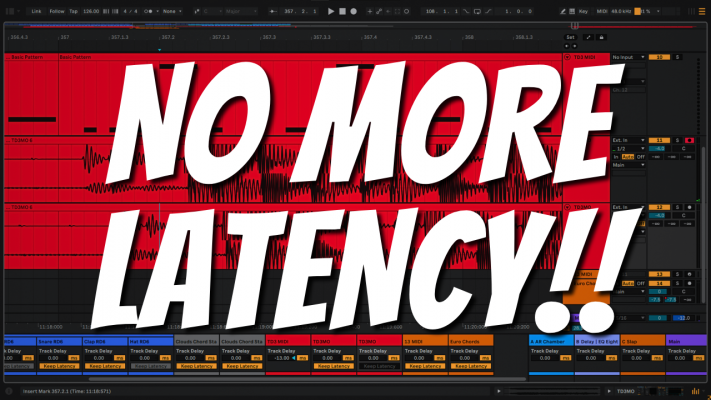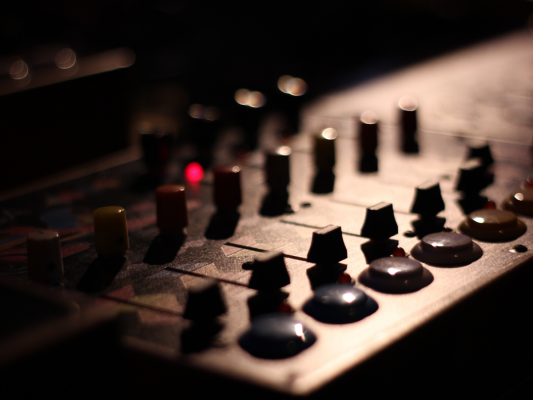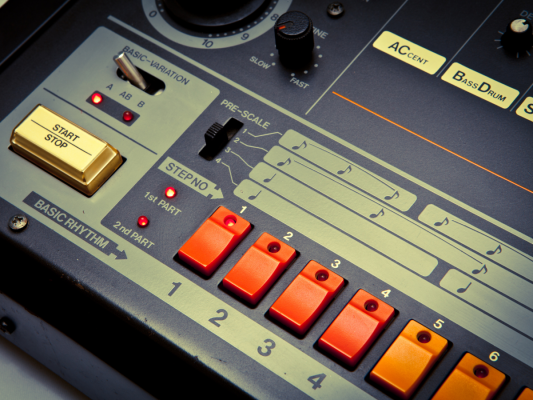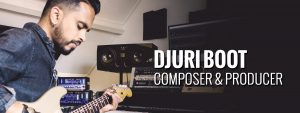Synthesizers play a huge role in electronic music production. Synthesizers basically defined electronic dance music. In the next couple of articles about music production basics for beginners, we are going to dive into synthesis. With hundreds of synthesizer plugins and more being developed every day, we’ve got a ton to learn.
Fortunately, we don’t have to understand every specific detail of every synthesizer out there. By knowing the basics of synthesis we can craft our own sounds on almost every synthesizer we’ll ever get our hands on.
The benefits of creating your own sounds
Most synthesizers come bundled with a collection of pre-made sounds called presets. Presets serve as starting points and are a good way to explore the sounds your synth is capable of making. The downside is that everyone else has access to these sounds too. If you truly want to be unique you will eventually have to start working on your own sounds.
Of course, you can tweak presets to your own taste, but starting with a clean slate will help to define your own signature sound. By learning the intricacies of a synthesizer you will learn to quickly get the sound out of your head and into your DAW. Learning the basics of synthesis will also help your analysis skills and is useful for recreating sounds by ear.
Different types of synthesis
Synthesizers can be organised by the way they create sounds. Let’s start with an overview of the different kinds of synthesis techniques. One of the most basic forms of synthesis is called Additive Synthesis. In the early 50s laboratories filled with measuring equipment were used to experiment with sound.
Tone generators as big as computers were used to play sine tones, the purest tones in existence. By combining multiple tone generators, multiple tones could be summed with a mixer to create chords. Tape recorders were used to record these tones and loops were created by cutting tape and by gluing the loose ends back together.
Organs are a good example of additive synthesis. They allow you to add harmonics by mixing in tones at different levels.
A lot of research was done with electronics at the time and the invention of the transistor eventually led to the work of Robert Moog. Moog popularised synthesizers by creating what is called a modular synthesizer. By patching cables, the signal could be altered easily by the user, and thanks to the invention of voltage controlled oscillators (VCO’s) synthesizers could be played with a keyboard.
Subtractive Synthesis
A new form of synthesis called Subtractive Synthesis was introduced. Instead of adding sine tones together, more complex waveforms like triangle, saw, and square waves where generated by a VCO and then send through a voltage-controlled filter (VCF) to either filter out high frequencies by the use of low-pass filters or filter our low frequencies by the use of high-pass filters.
FM-Synhesis
In the mid-80s, Yamaha invented a new form of digital synthesis called FM Synthesis. FM stands for Frequency Modulation whereby one sine-wave oscillator modulates the frequency of another oscillator creating metallic and bell-like tones.
1983 was the birth year of MIDI (Musical Instrument Digital Interface). This resulted in the creation of midi sequencers and drum computers like the TR-909 by Roland.
Early Samplers
In the same era, with the rise of digital machines, sampling was also introduced. Samplers like the Fairlight CMI and Synclavier could be bought if you were willing to sell your house for it. While sampling is not strictly synthesis, because it uses pre-recorded sounds, it has many comparable functions to a synthesizer which we will discuss later on in this series.
Other types of synthesis
Today thanks to the advent of computers and microprocessors we have access to even more types of synthesis. Wavetable synthesis as used by Massive and Serum is a powerful technique that allows you to morph smoothly between different waveforms.
Granular synthesis which takes a small sample of a recording and repeats it with variable speed and sample size.
Physical modelling is a synthesis technique that uses mathematical algorithms to create sounds. By shaping noise and by using feedback, the sound of plucked guitar strings and flutes can be recreated.
Now that was a really brief overview of the different types of synthesizers on the market today. In the up and coming articles, we will take a look at the most common synthesis technique: subtractive synthesis.

